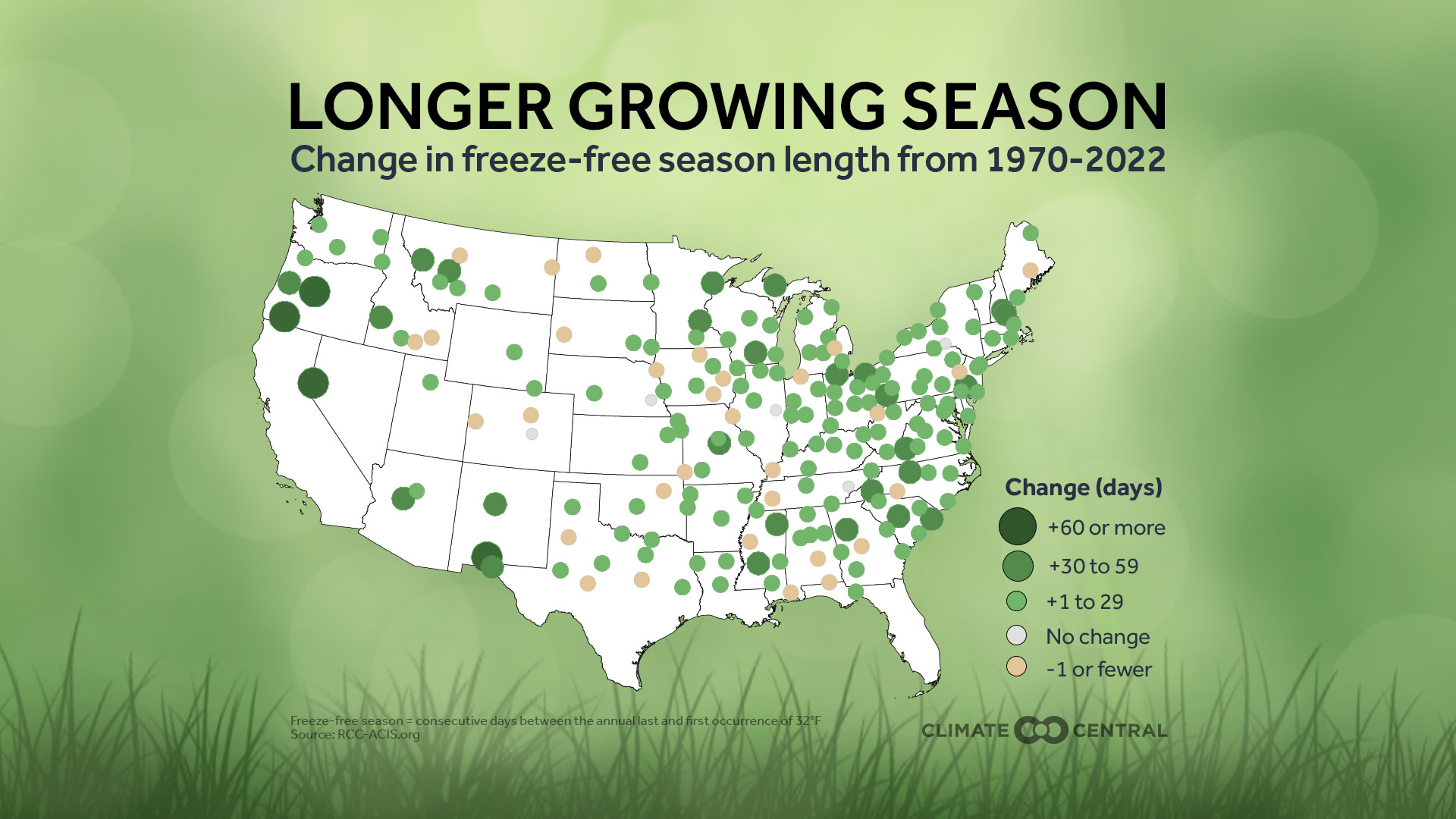

Spring has sprung across the Midwest and Northeast! Baseball season, long walks in the park, and getting out to garden or landscape are all enjoyable parts of the season. At the bottom of the springtime list, though, are the allergies that come with all of the blooming trees, grasses, and plants. According to WebMD, more than 50 million Americans suffer from allergies each year, with an estimate of the annual cost of allergies to the health care system and businesses in the U.S. at $18 billion.
Seasonal allergies (also called hay fever or allergic rhinitis) are a reaction to pollen, a yellowish powder produced by cone-bearing and flowering plants as a part of reproduction. When the body comes into contact with pollen, the immune system mistakes the pollen as an intruder. In order to "protect" itself and the rest of the body from this unwelcomed guest, it releases histamine and other chemicals that cause the common allergy symptoms that we know far too well - sneezing, stuffy or runny nose, and itchy, watery eyes. Spring seasonal allergies are most closely associated with tree (begins early Spring) and grass (begins late Spring) pollen. Grass pollen persists through the summer, while weed / ragweed pollen eventually develops, most favored to begin in July or August. Weed allergies continue through the fall, and it is at this time that mold rears its ugly head and begins thriving as well. Indoor allergens, including pet dander, dust mites, and indoor mold, can thrive all year round, but seem to be most prevalent in the winter months, when outdoor allergens are absent and people spend more time indoors.

(Image Courtsey of Verywell Health)
Did you know that the severity of allergy season and therefore the effect it has on our symptoms is highly impacted by the weather? Specifically, temperature and moisture conditions play a critical role, as these weather variables influence the behaviors of pollen and mold (both indoor and outdoor), which largely attribute to the symptoms allergy sufferers feel. For example, a warmer-than-usual winter or lack of snow / early snow melt allows mold to flourish and trees to pollinate sooner, therefore allowing for allergy symptoms in individuals to begin sooner, become more intense, and last longer. Meanwhile, a wetter spring promotes rapid plant growth and mold intensification, which can cause symptoms to develop quickly and severely. Additionally, if the spring is marked by hot stretches, more intense periods of pollen can be released. Worsening symptoms can also be a result of dry and windy weather, as it spreads pollen and mold more quickly. The weather's impact on allergies isn't all bad, though. Rain has been proven to briefly ease allergy symptoms like itchy eyes or a runny nose by washing away airborne pollen.
So what does this mean for this Spring and associated seasonal allergies and symptoms? Well, according to the USA National Phenology Network (USA - NPN), parts of the southeast, lower Midwest, Mid-Atlantic, and the New York City area are seeing either the earliest spring leaf on record or a spring that only occurs once every 40 years (see image below). This isn't the greatest news for Spring allergy sufferers, as the above stats equate to an earlier start to the tree pollen season and subsequently unwanted symptoms.

The earlier start to the Spring season is worrisome enough for allergy sufferers, but the longer-lasting Spring / growing season is just as much a cause for concern. According to Climate Central, the freeze-free / growing season has lengthened by more than two weeks on average across the country, by 15 days specifically in the Northeast (see image below). Climate change is in part to blame for this, as warming temperatures lead to more freeze-free days througout the year. In addition, research shows that increased carbon dioxide levels in the atmosphere not only contributes to climate change, but can boost pollen production and worsen symptoms (Climate Central, Yale Medicine).

(Image Courtesy of Climate Central)
Therefore, an earlier, longer-lasting Spring season will likely make for a tough next couple of weeks to months for allergy sufferers. It also does not help that the weather pattern for the upcoming few days will feature dry, unseasonably warm, and breezy conditions, which should allow for more intense pollen release into the air that can spread more easily.
Thankfully, though, there are ways to combat (or even prevent) the unpleasurable symptoms that those with allergies face:
1. Stay indoors on days when the pollen count is elevated, likely if it is dry and/or windy. Two great sources for checking the pollen count and conditions at your particular location are the National Allergy Bureau and Pollen.com.
2. Avoid certain outdoor activities that aggravate pollen, including lawn mowing, leaf raking, weed pulling, and gardening.
3. When spending time outside and especially if completing the above outdoor activities, wear a face mask and gloves to help mitigate symptoms.
4. After spending time outdoors, brush any pollen off of clothing before going back inside, or change clothes completely. Showering after being outside will also rinse any pollen from the skin and hair.
5. Keep windows of the house and car closed, and run the air conditioning (with clean air filters) instead.
6. Consider an air cleaner/purifier/HEPA filter, which creates a cleaner air space and protects against outdoor irritants.
7. If high pollen counts are forecast, strongly consider taking antihistimines before your symptoms start. Other over-the-counter medications that can aid in symptom relief include nasal sprays and oral decongestants.
8. Consider rinsing nasal passage with saline solution (nasal irrigation) to flush out mucus / allergens and relieve nasal congestion.
Sources:
1. https://www.webmd.com/allergies/allergy-statistics
2. https://www.verywellhealth.com/weather-allergies-5199163
3. https://www.usanpn.org/news/spring
4. https://www.climatecentral.org/climate-matters/allergy-season-earlier-longer-and-worse-2023
5. https://www.yalemedicine.org/news/seasonal-allergies